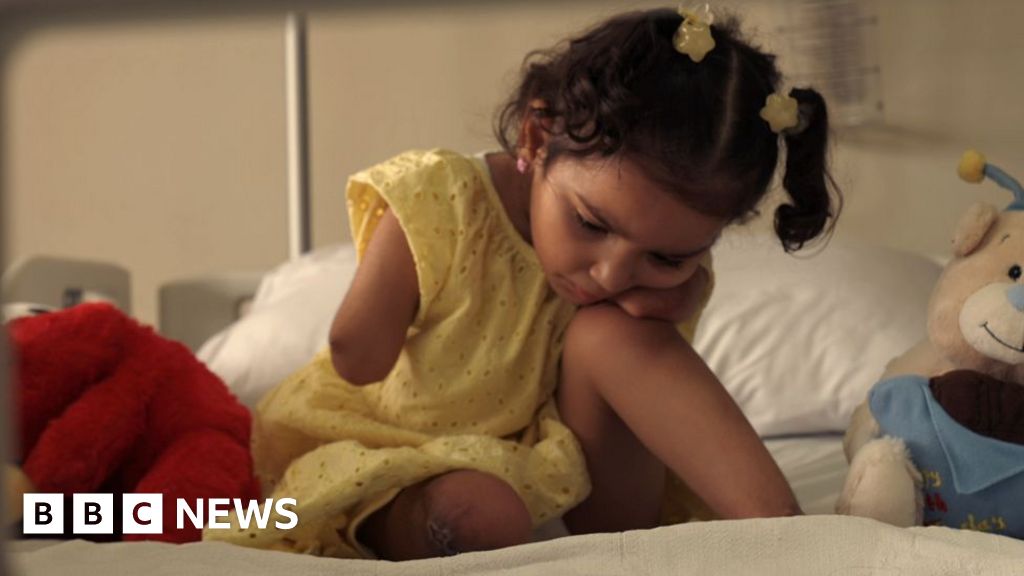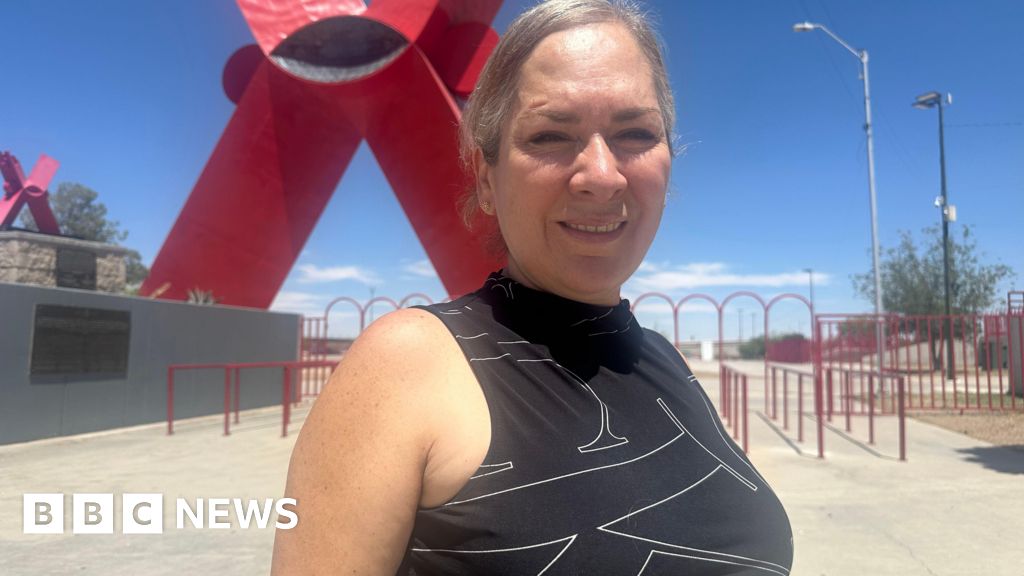- Work
Norwegian princess moves to Australia for university
时间:2010-12-5 17:23:32 作者:Real Estate 来源:Charts 查看: 评论:0内容摘要:with OpenAI to push AI services.with OpenAI to push AI services.
When talking about whether she wants to move away from her flooded village, Dwi Ulfani begins to cry.Ulfani and her family have been living in the flooded family home as long as she can remember. Outside the house, the yard where she used to play with her friends is now filled with water about 8 inches high. The home’s concrete terrace is occupied by swimming guppies. Inside the home a snake slides out of the flooded kitchen, into the sea.

While Ulfani is studying airport management, her father and mother are planning to move. They would have preferred to have already left, but say that they don’t have the money right now.When asking Ulfani what she wants to do after school — stay in the village or move elsewhere? — she cries, then responds in a whisper, “Move.”Jaka Sadewa, right, his wife Sri Wahyuni and son Bima pose for a photo in Timbulsloko, Central Java, Indonesia, Sunday, July 31, 2022. (AP Photo/Dita Alangkara)

Jaka Sadewa, right, his wife Sri Wahyuni and son Bima pose for a photo in Timbulsloko, Central Java, Indonesia, Sunday, July 31, 2022. (AP Photo/Dita Alangkara)Sri Wahyuni sits in the raised wooden doorframe, watching as fellow villagers occasionally pass by on the raised wooden platform above the water. Her terrace, already elevated by layers of concrete, is under about four inches of water.

Wahyuni and her husband Jaka Sadewa moved to the village after they got married in 2018. She says that when they moved here the water wasn’t like this; You could still ride motorcycles along the main road through the village, and the water level always went back down to normal.
But as time went by, Wahyuni noticed that the water often did not recede, resulting in more flooded days for their home. They decided to do what they could to elevate their home above the water — adding layers of concrete at first, eventually building a permanent wooden level above the water. Despite this, the water still comes into the house occasionally. Still, if they hadn’t raised the house, they’d be neck-deep in water, says Wayuni.The complex economic and political crisis in Venezuela has driven more than 7.7 million people to leave the South American nation since 2013. Venezuela’s most recent economic troubles pushed year-over-year inflation in April to 172%. The latest chapter even prompted
last month. Maduro, whose reelection last year to a third term has been condemned internationally as illegitimate, also has cracked down on his political opponents.In the dispute over TPS, the administration has moved aggressively to withdraw various protections that have allowed immigrants to remain in the country, including ending the temporary protected status for a total of 600,000 Venezuelans and 500,000 Haitians. That status is granted in 18-month increments. Venezuela was first designated for TPS in 2021; Haiti, in 2010.
Last week, DHS announced that TPS for Afghanistan, first provided in 2022, would end in mid-July.The protections for Venezuelans had been set to expire April 7, but Chen found that the expiration threatened to severely disrupt the lives of hundreds of thousands of people and could cost billions in lost economic activity.
- 最近更新
- 2025-07-07 06:39:004 members of a California family among the 8 dead in a boat capsize on Lake Tahoe dur…
- 2025-07-07 06:39:00Why gasoline prices aren’t tumbling along with sinking oil
- 2025-07-07 06:39:00How the Federal Reserve affects personal loan rates
- 2025-07-07 06:39:00Money market accounts vs. money market funds: How these two low-risk savings options differ
- 2025-07-07 06:39:00China suppresses talk of Tiananmen Square crackdown on anniversary
- 2025-07-07 06:39:00McDavid and Draisaitl deliver the Oilers Stanley Cup Final Game 1 win
- 2025-07-07 06:39:00Trump's tariffs would cut US deficits and shrink the economy, CBO says
- 2025-07-07 06:39:00Life-proof your savings: How to build an emergency fund on any budget
- 热门排行
- 2025-07-07 06:39:00SSA's earnings test calculator
- 2025-07-07 06:39:00Hate an early wakeup call? So do some French Open players
- 2025-07-07 06:39:00Joanna Gaines’s Apple Baked Beans
- 2025-07-07 06:39:006 simple ways to save money on your prescriptions — without skipping your meds
- 2025-07-07 06:39:00world's largest cruise ships
- 2025-07-07 06:39:00The 4% rule for retirement: Is it time to rethink this popular withdrawal guideline?
- 2025-07-07 06:39:00BAIMEI IcyMe Gua Sha & Jade Roller
- 2025-07-07 06:39:002 million student loan borrowers at risk of garnished wages in July
- 友情链接
- Travel Priorities Shift in 2025: Americans Choose Purpose Over Passport Stamps Video: Dog & Cat Cannot Decide Between Playing & Fighting Hawley spars with legal professor over injunctions blocking Trump The best 'coffin roads' to hike in Scotland this summer This Beloved Spaghetti Recipe Has Been in My Family for Generations Elizabeth Day Tried Everything to Get Pregnant. After 12 Years, She Stopped — and Found Meaning in Failure (Exclusive) The Maya Civilization Collapsed 1,200 Years Ago. But Their Genes Never Stopped Spreading. Mom Forced to Wait 2-Plus Years for 'Urgent' Ovarian Cyst Surgery, Says There's 'No End Point' Bethenny Frankel Flashes Her Bum in 2nd Thong Swimsuit: ‘I’m a Supermodel’ Angelina Jolie and Brad Pitt's Twins, 16, Make Rare Appearance Together All the Best Dressed Celebrities This Month: May 2025 Japan must pursue payment innovation as society becomes cash-less, BOJ official says NYT Mini Crossword Answers, Hints for Wednesday, June 4, 2025 What does lightning look like from space? Astronauts on space station share stunning photos Trump asked Congress to claw back funding for PBS and NPR. What now? Dozens of NASA space missions could be axed under Trump's budget: Here's a look at 6 Johnson blasts House ‘big, beautiful’ bill, backs Musk Go Inside NYC’s Must-Visit New Dior Exhibit AP PHOTOS: Cuba's energy crisis forces families to find ingenious solutions to get by How to Grow a Peach Tree for Delicious, Juicy Fruit Every Year How to lower your energy costs as summer temperatures rise Broadcom ships latest networking chip to speed AI 4-year-old from Mexico receiving 'lifesaving medical treatment' can remain in US Reds ace Hunter Greene to undergo MRI after feeling groin discomfort in win over Brewers 8 Entertaining Pieces Grandma Loved—And We Still Do Too Arnold Schwarzenegger reacts to son Patrick's 'White Lotus' nudity: 'This is crazy' One of the world’s most notorious pathogens has survived for centuries. Scientists say they now know why Hiker found dead, daughter remains missing on Maine mountain: Officials We will never forget Tiananmen crackdown, Taiwan and US say on 36th anniversary What does lightning look like from space? Astronauts on space station share stunning photos
